Tutorials / PEOPLE, COMPOSITION, ALL TUTORIALS
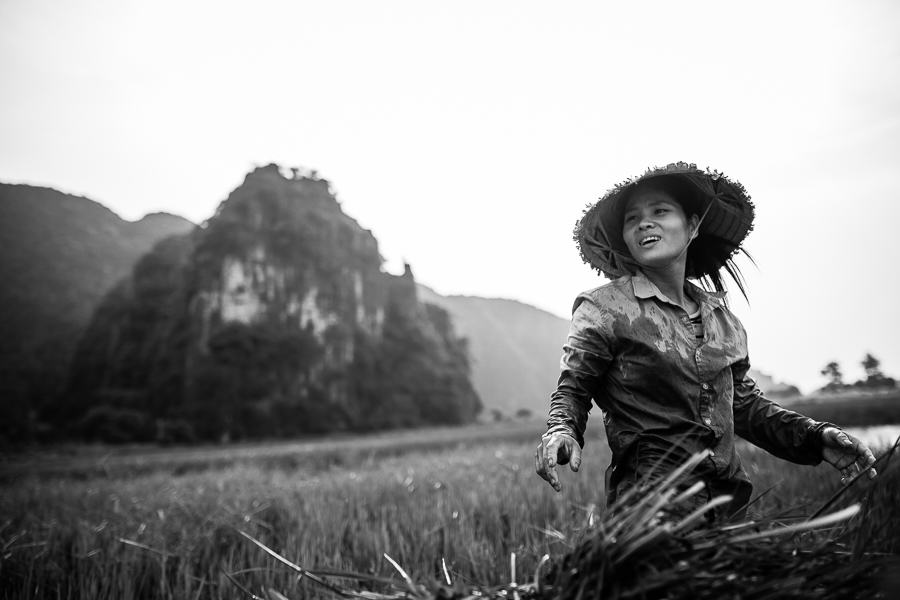
Body Gesture : The Travel Photographer’s Decisive Moment
Once the work on the composition and the people approach has been done, it is all about capturing that magic moment...
When focusing your photos on people, your compositions should be very dynamic – because humans are dynamic creatures! They move up, down, left, and right. They are happy, then curious, then scared, then sad. Generally, because busy people are easier to approach, we tend to photograph subjects who are dynamic. And even when our subject is static – sleeping on a bench, or simply posing – capturing a dynamic composition is always possible.
For example, in Vietnam we find ourselves in many rice fields. Though they are gorgeous, and the grass has a bit of change to it, they are largely the same. But the humans working in the rice fields are not. Sometimes they are bent over in labor, other times resting or staring off into the sky. The complexity of the humans, and their infinite body gestures are the beginning of establishing the decisive moment in each frame.
It is important to note the differences between body posture and body gesture. Body posture, how a person holds his or herself, communicates a general feeling that is long-lasting. A young man whose shoulders are slouched tells the viewer he is insecure, tired, defeated or sad. In contrast, body gesture is quick and explosive. It displays actions that can come and go in a matter of milliseconds.
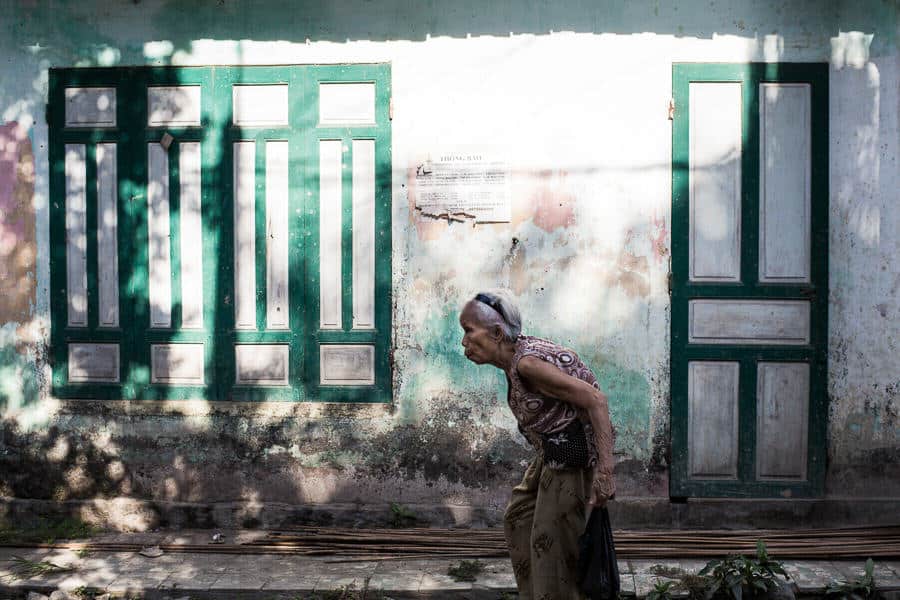
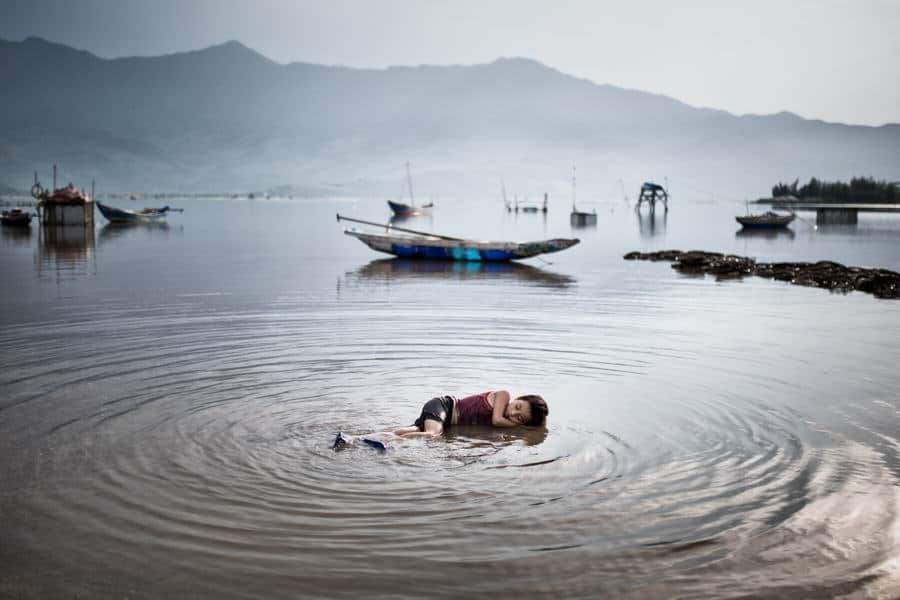
The right body gesture in combination with the right composition is the decisive moment we’re looking for.
Because every human gesture has the potential to occur in its own timing, it is the task of the photographer to learn to anticipate the subject’s body language. This will enable them to expect the subject’s movements and create a harmonious, dynamic composition.
[box style=”1 or 2″]The shape of someone’s body, or body parts, has the potential to display great emotion. If your subject is already in the midst of an action, it is your duty to capture their most dynamic moment.[/box]
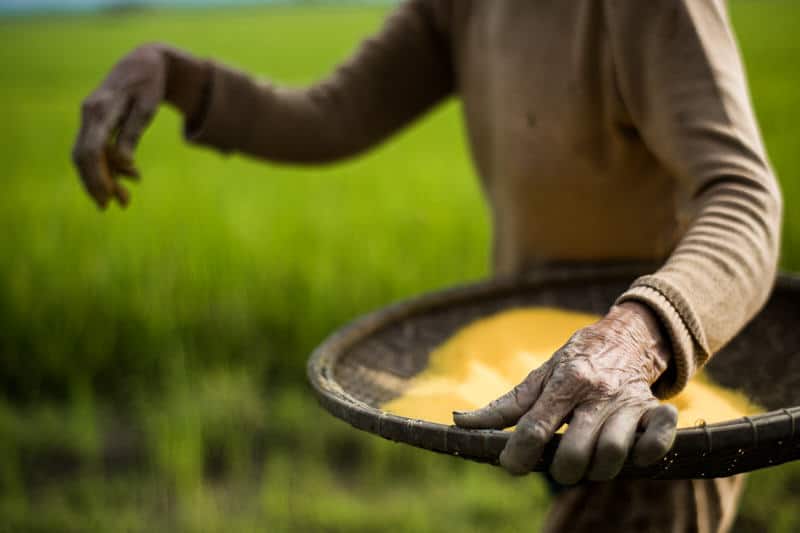
For example, when people look in specific directions, they can appear to create a hierarchy amongst themselves. The subject looking straight at the camera is obviously the main character, while the others are supporting actors.
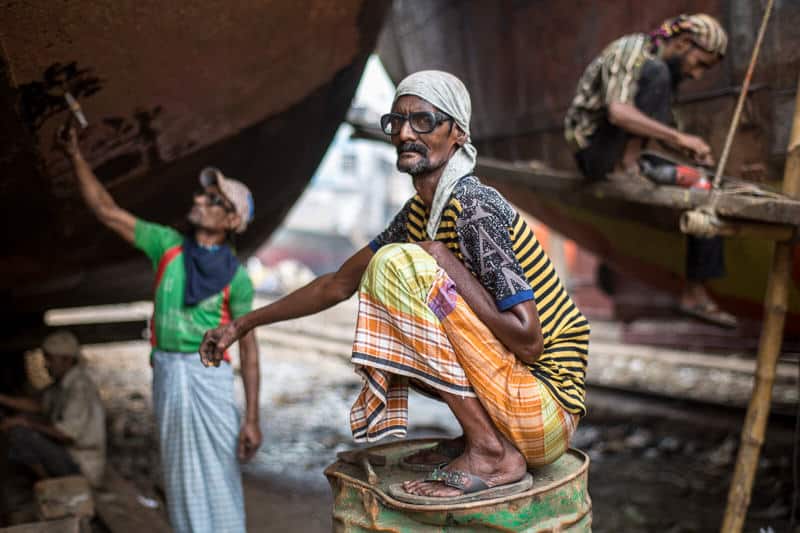
Capturing a moment when someone is simply looking down will help give your image a feeling of loneliness, sadness.
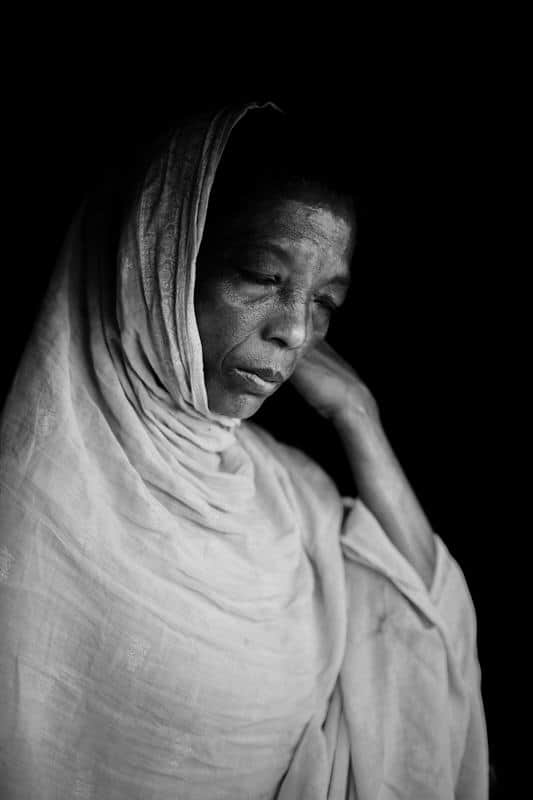
And if you want to add even more dynamism in your image, try to photograph the magical moment when it appears that your subjects are dancing into the frame.
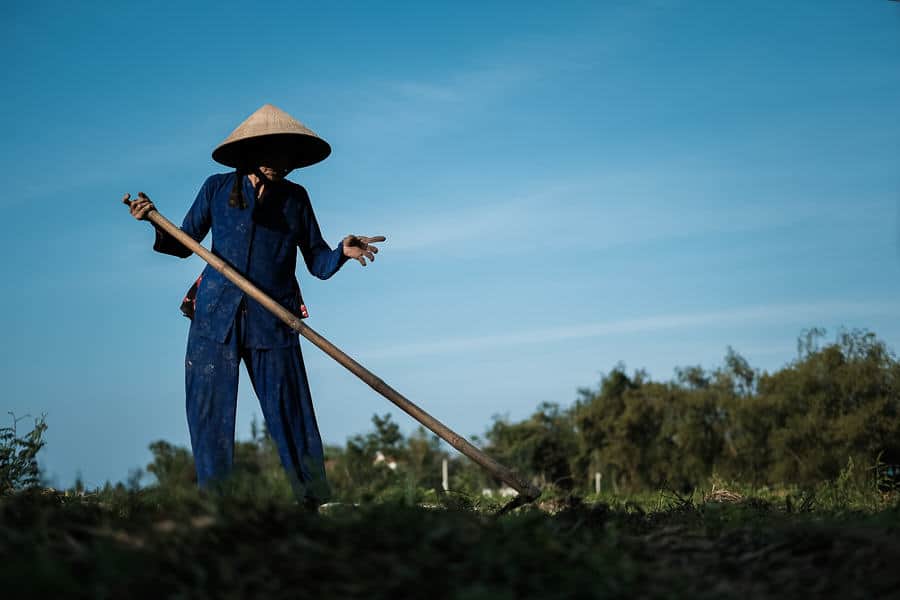
On top of waiting for that magic moment, you could also combine it with a tilt of your frame. Someone with a very dynamic body gesture could be seen as fighting against gravity to avoid falling into the frame.
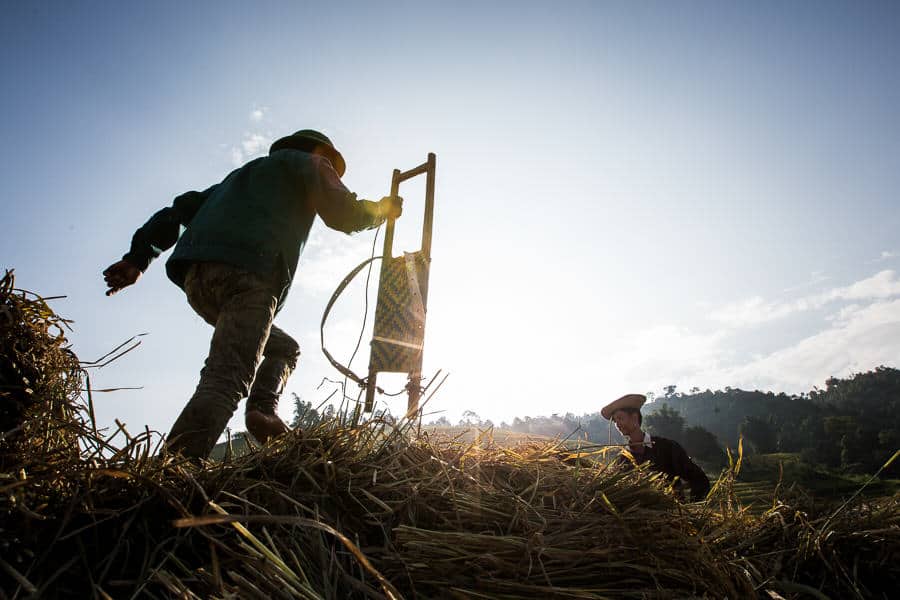
Dynamism forges an opportunity for photographers to play and create their most interesting images.
While composing travel photos focused on human subjects, I believe that the human should be the final element of the composition. This will create more time for the photographer to focus on the subject. Let me explain.
Initially, a photographer should visualize a potential image. It can be a beautiful location or a fascinating subject. Once imagined, you, the photographer should focus on their composition. For example, from what direction is the light coming? What kind of background/foreground do you want to include in the frame? What story do you want to tell? From which angle will you shoot?
Only after properly composing your frame and establishing your camera settings will you be able to put 100% of your focus on your subject and their gestures.
[box style=”1 or 2″]Once you’re all set up, your sole duty is to concentrate on combining your subject’s body gestures with the space around them. This practice will enable you to capture much stronger emotions and energy.[/box]
One of the simplest examples is to wait for your subject to look in a certain direction. This will create a line leading through your picture. Even better, if it leads to another interesting element in the frame, it will help make connections and lead your eyes across the entire frame.
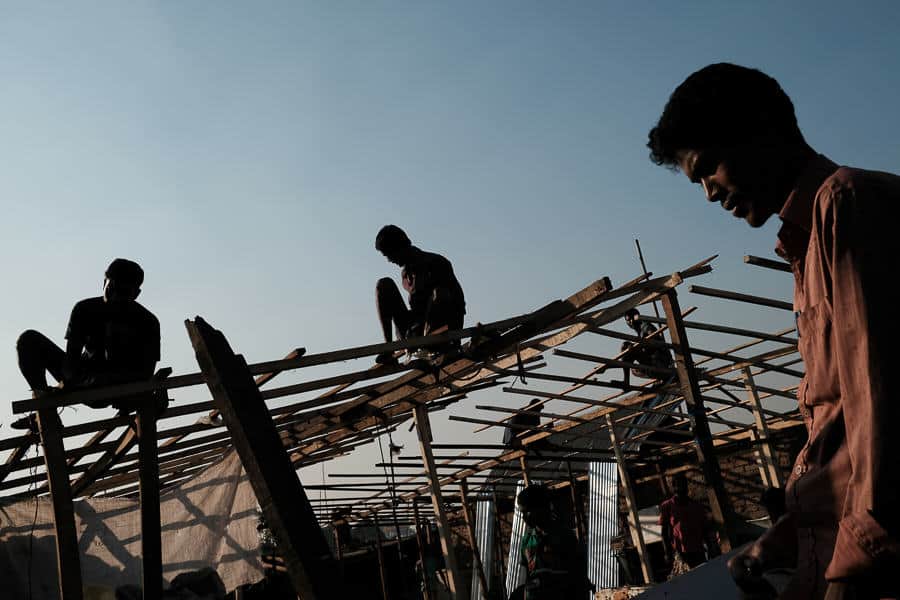
There are many other opportune actions for which you should be on the lookout. Wait for your subject’s arm to change directions across the frame. This movement will pull the viewer’s eyes to the other side of the picture.
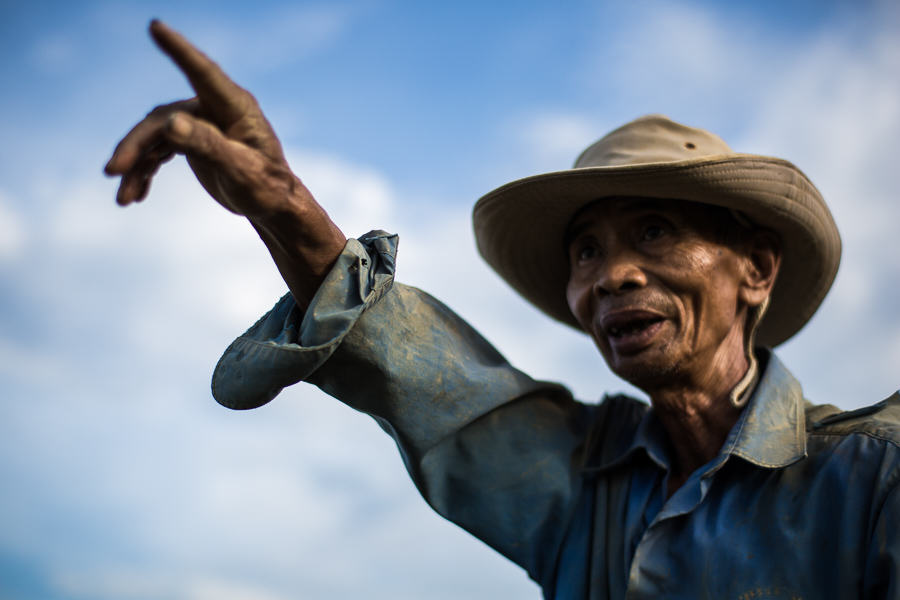
Watch out for the moment your subject’s face tilts and gives you a fresh angle with which to view them.
If your subject is elderly and slouched, photograph them when they lean over – this will cause their body to appear weaker, showing their true age. Additionally, adding a copious amount of negative space around the elderly subject will give the composition a lonely, heavy feeling.
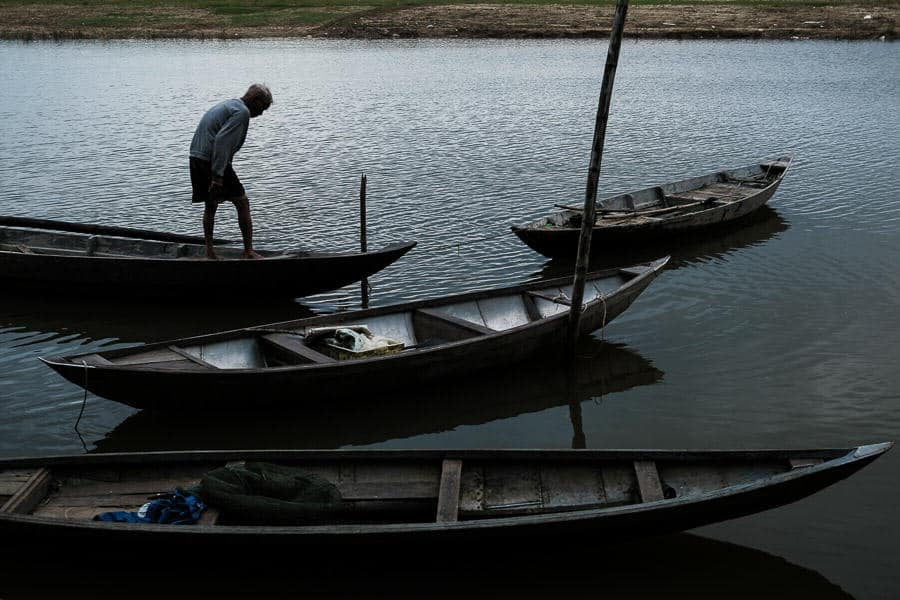
If you are photographing a lady selling fruit in the market, you can anticipate that she will be looking up at customers as she is approached. This may be the best time to capture the light streaming underneath her hat.
Better yet, stand by for what I call “the explosion”. This is the moment when your subject’s body gestures go from static to extremely dynamic. You will know it when you see it!
Body movement is fascinating as it is dynamic, and can generally be anticipated. For example, when we listen intently to another person, we tend to tilt our heads.
Though many gestures, as well as nonverbal communication cues, are universal, it is still vital to pay attention to your context. With experience, and by putting effort into getting to know people and culture, you will more easily be able to anticipate your subject’s movements.
Understanding the body language of the culture of your subject is not only vital for your composition – it is also crucial in order to properly approach people. The ability to sense how your subject is feeling will enable you to determine whether or not they are keen to be photographed. In Asia, ‘no’ doesn’t necessarily mean ‘no’, thus it is important to be aware of nonverbal cues and what your subject is really communicating.
Let’s say you’re photographing fishermen in Cambodia in early morning light. If you’ve observed them before, you will anticipate their movements – you’ll know when they will cast, what they will do as they wait, etc. Therefore, researching your subject is highly beneficial to creating a composition that displays the dynamism of the subject’s body in combination with their setting. This is comparable to wildlife photography: in order to capture the decisive moment, the photographer needs to be an expert on the behavior of their subject animal. I am not comparing people to animals here, but the umbrella idea is the same.
When we move, our bodies form an array of lines and shapes. Each movement has the potential to display a different feeling and, thus, determines the viewer’s interpretation of the subject.
Lines and shapes are a critical factor that help lead the viewer’s eyes across the frame. As the photographer, your role is then to wait for the right time when the subject creates these lines. Your subject is where the viewers’ eyes will likely first land. If they create a line leading through the entirety of the image, you’ve successfully made a simplified, and much more striking, composition.
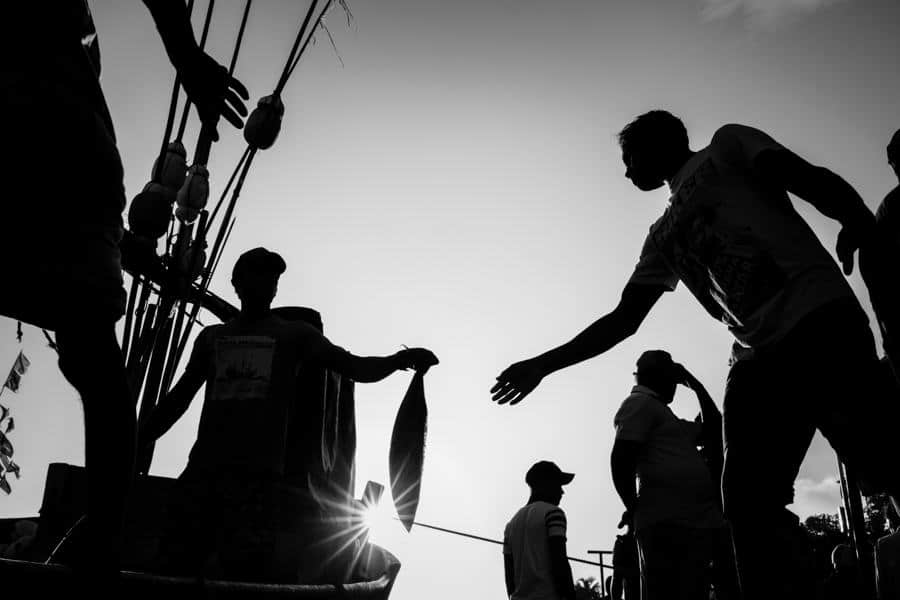
Pay attention to diagonal lines – they will give your images an energetic and charismatic feeling. In contrast, straight lines will bring your image stability and a sense of peacefulness. Use your subject’s body gestures and posture to tell your visualized story. This practice can also be applied to close up portraits.
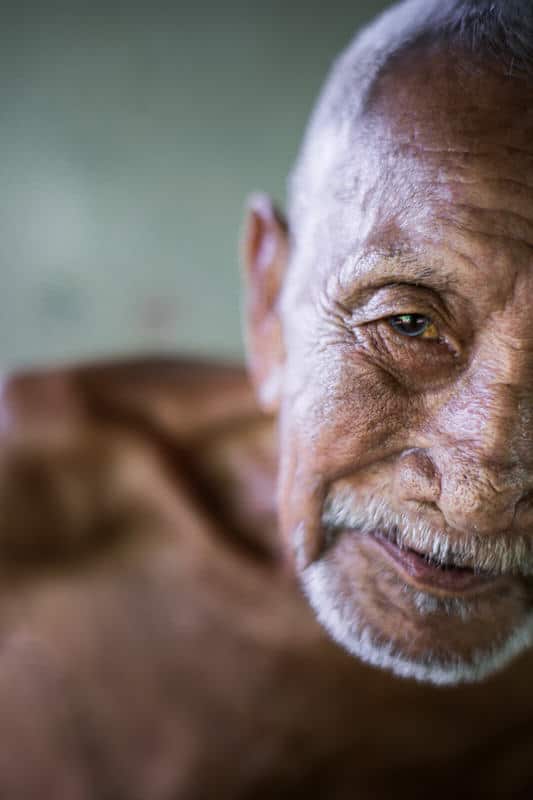
Ever heard the famed expression, “The eyes are the windows to the human soul”?
Though I can’t disagree, gestures can be an equivalent portrayal of emotion and story. When photographing people, I like to capture the subject’s emotional soul without focusing on their eyes. It is possible!
In order to capture this window of raw emotion, you should be present and aware. In other words, when composing and anticipating body gestures, also pay attention to your subject’s overall expression. Do their gestures make them appear serious? Upset? Overjoyed? Maybe even melancholy?
Always plan to compose and edit each individual photo differently. Depending on the expressions and body gestures of your subject, you may choose to use cooler tones, add a bit of blur, or even switch your image to black and white. If your subject’s movements communicate boisterous joy, make sure the image is full of bright light and strong features. You get the idea.

Now that you are ready to research your subject, visualize the image setting, anticipate your subject’s gestures, and pay attention to their overall emotions, all you have to do is wait for that decisive moment!
[Well, you could also, naturally, direct your subject. But this is for another lesson.]
Your job is to wait for your subject to do a gesture or movement that creates the lines, shapes, and emotional effect that is undoubtedly dynamic. Of course, this may require photographing a number of frames before you’ve got what you’re looking for.
Here are some examples of decisive moment photos that required a period of waiting – waiting for the significance of an event, as well as of a precise organization of forms, [to give] the event its proper expression.
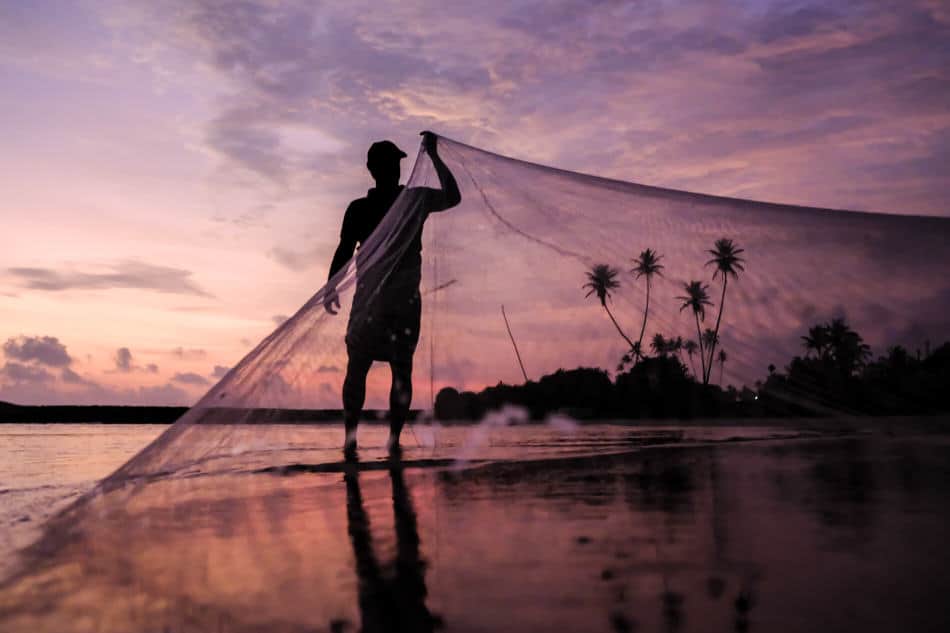
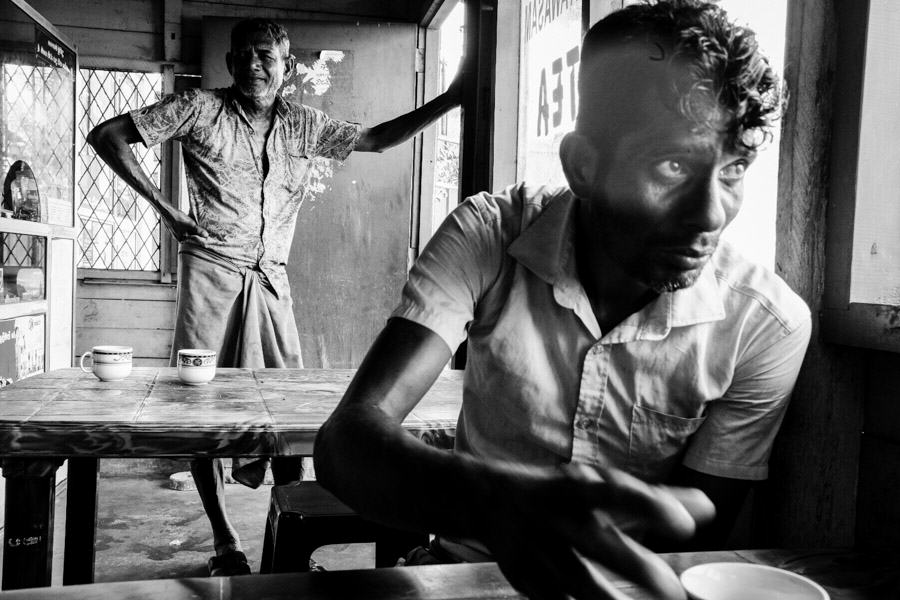
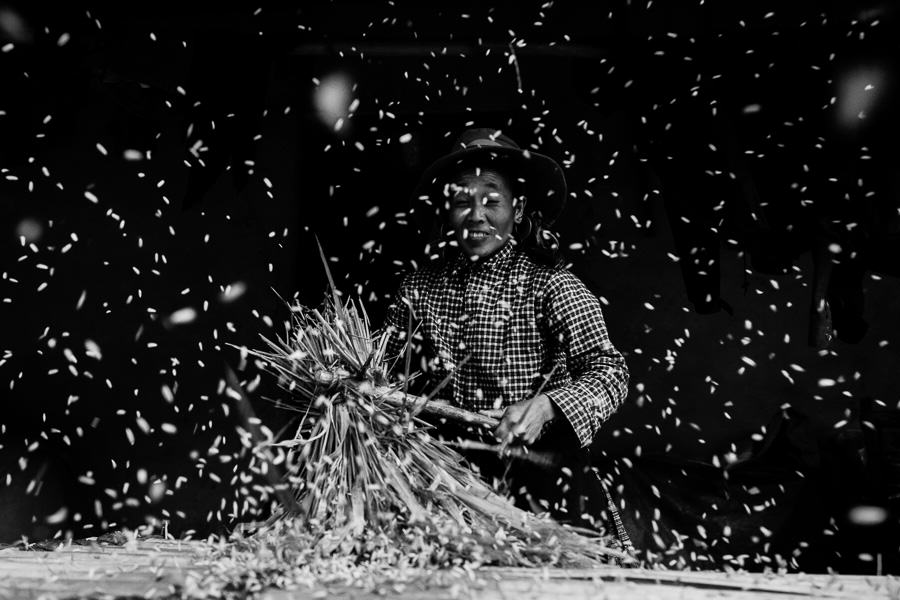
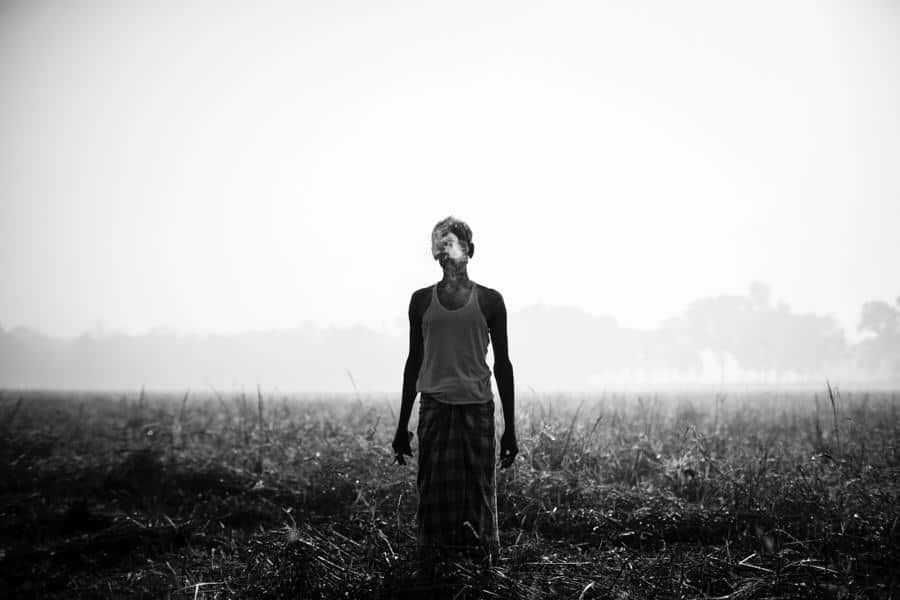
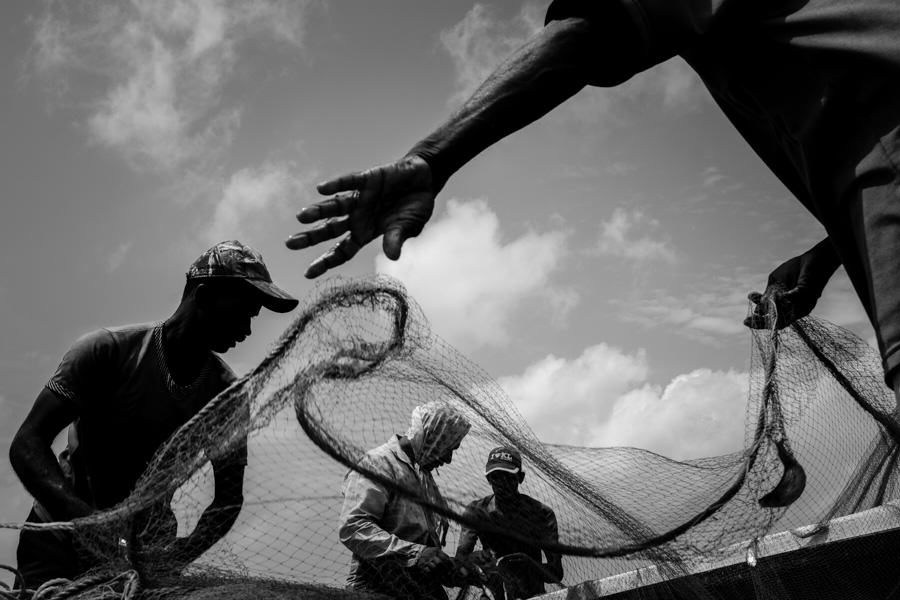


One of the best Story-telling Tutorial ever! This is priceless. Thank you for this!
[…] as important as the rest of my composition. If I am initially attracted to a nice background, I will wait for the scene to play out before me. So next time you are walking through a busy market, instead of looking around at the hundreds of […]
Just wonderful! I am thankful and speechless… Thank you so much!
There are so many blogs and articles about photography that it is refreshing to read succinct, informative suggestions – very helpful – also loved your recent comments on the misplaced values of photo contests and the “me, me, me” energy surrounding so many aspects of our lives.
Thanks Patricia. We are photography teachers and always try to keep things simple 🙂